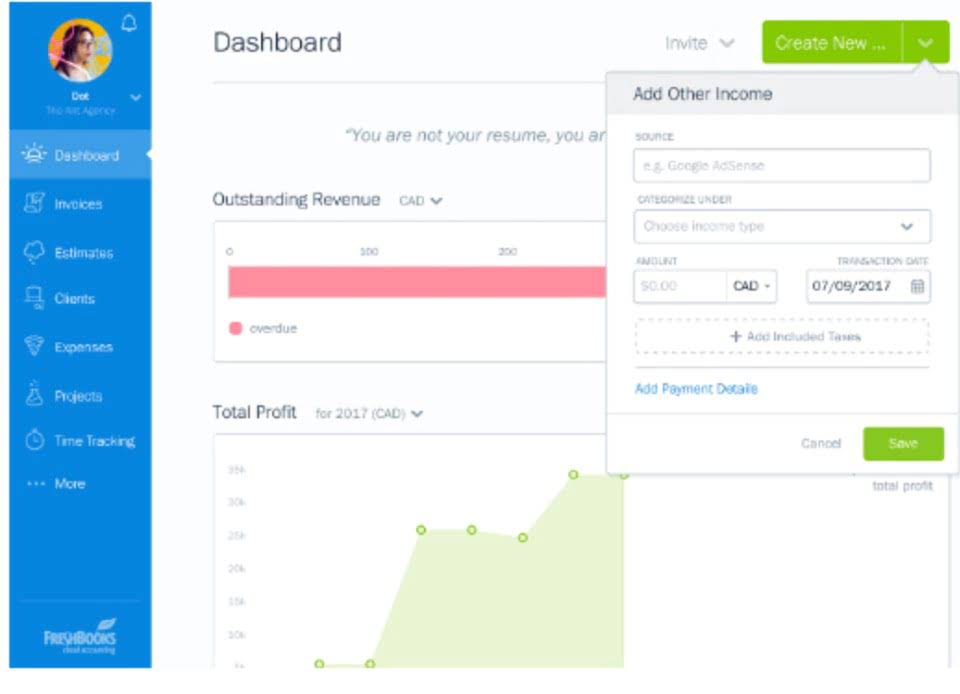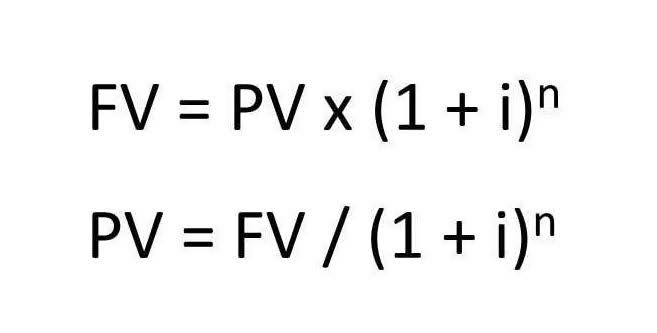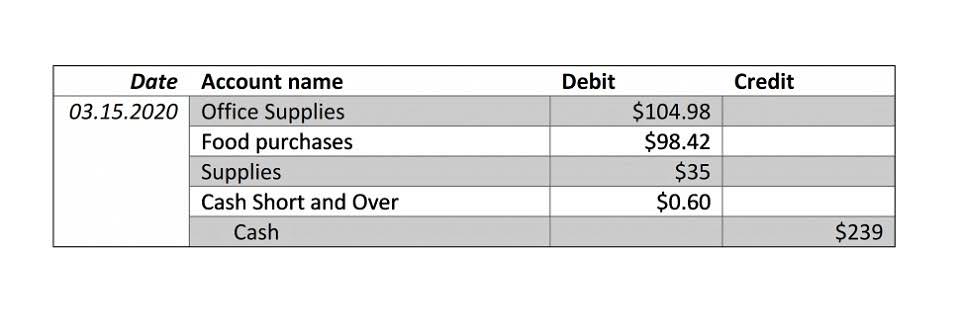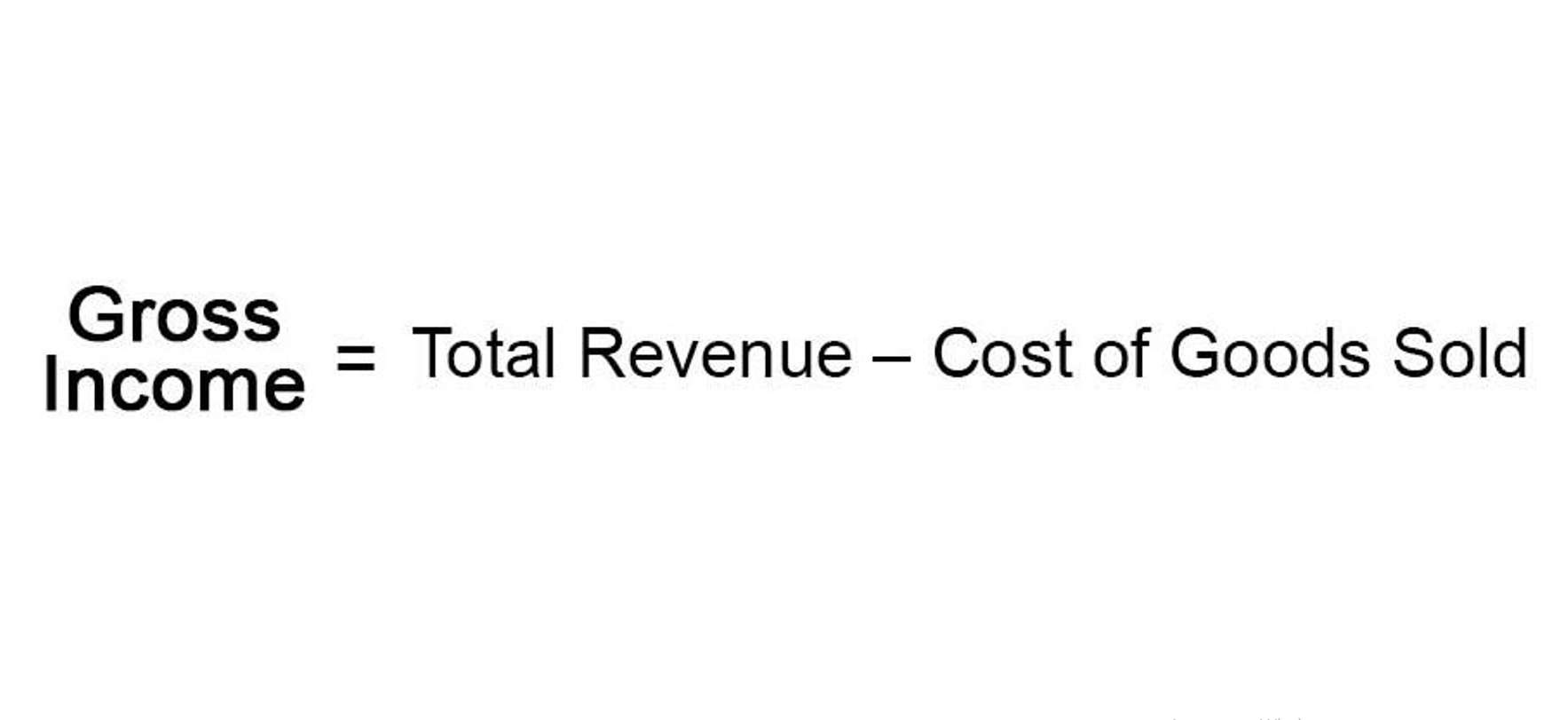
11 Financial’s website is limited to the dissemination of general information pertaining to its advisory services, together with access to additional investment-related information, publications, and links. Let’s analyze and interpret the ratio and see what key information about the financial health of the companies we can extract. Adam Hayes, Ph.D., CFA, is a financial writer with 15+ years Wall Street experience as a derivatives trader. Besides his extensive derivative trading expertise, Adam is an expert in economics and behavioral finance. Adam received his master’s in economics from The New School for Social Research and his Ph.D. from the University of Wisconsin-Madison in sociology.
What Industries Have High D/E Ratios?

The 1.5 multiple in the ratio indicates a very high amount of leverage, so ABC has placed itself in a risky position where it must repay the debt by utilizing a small asset base. The company will be in an unusually risky position if its cash flows are volatile, since it may generate so little cash in some periods that it cannot even pay the interest on its debt. The purpose of calculating the debt ratio of a company is to give investors an idea of the company’s financial situation. To find a business’s debt ratio, divide the total debts of the business by the total assets of the business.
Which of these is most important for your financial advisor to have?

The Debt-to-Equity Ratio is a financial leverage ratio that measures the proportion of a company’s total debt relative to its shareholder equity. In simpler terms, it offers insights into how much debt a company is using to finance its assets compared to how much equity has been contributed by the shareholders. A higher ratio indicates higher leverage, suggesting that a company relies more on debt to fuel its operations. Conversely, a lower ratio may imply that the company is more conservative in its financing approach, relying more on equity to support its growth and operations.
Get in Touch With a Financial Advisor
- Therefore, we can say that 41.67% of the total assets of ABC Ltd are being funded by debt.
- On the other hand, technology firms, which may prioritize innovation and rapid growth, typically maintain lower ratios to reduce financial risk.
- On the other hand, a lower debt-to-total-assets ratio may mean that the company is better off financially and will be able to generate more income on its assets.
- All accounting ratios are designed to provide insight into your company’s financial performance.
- He is a CFA charterholder as well as holding FINRA Series 7, 55 & 63 licenses.
- This means that a company with a higher measurement will have to pay out a greater percentage of its profits in principle and interest payments than a company of the same size with a lower ratio.
- It’s important to analyze all ratios in the context of the company’s industry averages and its past.
For example, companies in growth phases may have high ratios but also possess substantial growth potential. An investor should complement the D/E analysis with other metrics such as Return on Equity (ROE) or Earnings Before Interest and Taxes (EBIT) to get a holistic view of a company’s financial stability. Thus, understanding the industry benchmarks can provide a clearer picture of what constitutes a healthy D/E Ratio within a specific sector, allowing for more informed investment decisions. A high Debt-to-Equity Ratio, often above 2 or 3, suggests that a company is heavily leveraged. For example, during my evaluation of a high-tech startup that was rapidly expanding, I noted its D/E Ratio exceeded 5. While it was able to attract investor interest due to rapid growth, the operating margins were lean.

- Thus if it is not able to earn enough profits, it may not be able to meet these obligations, thus putting pressure on its growth.
- This ratio provides a general measure of the long-term financial position of a company, including its ability to meet its financial obligations for outstanding loans.
- Trend analysis is looking at the data from the firm’s balance sheet for several time periods and determining if the debt-to-asset ratio is increasing, decreasing, or staying the same.
- A variation on the formula is to subtract intangible assets (such as goodwill) from the denominator, to focus on the tangible assets that were more likely acquired with debt.
- The cost of debt and a company’s ability to service it can vary with market conditions.
- The ratio of long-term debt to total assets provides a sense of what percentage of the total assets is financed via long-term debt.
- This ratio shows the proportion of company assets that are financed by creditors through loans, mortgages, and other forms of debt.
This ratio provides a sense of financial stability and overall riskiness of a company. Investors are wary of a high ratio, as it signifies management has less free cash flow and less ability https://www.bookstime.com/ to finance new operations. Management typically uses this financial metric to determine the amount of debt the company can sustain and manage the overall capital structure of the firm.

Our team of reviewers are established professionals with decades of experience in areas of personal finance and hold many advanced degrees and certifications. A company with a lower proportion of debt as a funding source is said to have low leverage. A company with a higher proportion how to find debt to asset ratio of debt as a funding source is said to have high leverage. My Accounting Course is a world-class educational resource developed by experts to simplify accounting, finance, & investment analysis topics, so students and professionals can learn and propel their careers.
- The overall market has debt-to-asset ratios averaging between 0.61 and 0.66 over the last five years.
- They also assess the D/E ratio in the context of short-term leverage ratios, profitability, and growth expectations.
- So, as per the debt to asset ratio analysis, they should also avoid going for variable interest rates since it will be difficult to meet interest payments in case the business is suffering a downturn.
- 11 Financial’s website is limited to the dissemination of general information pertaining to its advisory services, together with access to additional investment-related information, publications, and links.
- The debt-to-asset ratio, debt-to-equity ratio, and interest coverage ratio are great tools for analyzing the debt situation of any company.
- This is a particularly thorny issue in analyzing industries notably reliant on preferred stock financing, such as real estate investment trusts (REITs).
- The debt ratio is defined as the ratio of total debt to total assets, expressed as a decimal or percentage.
- As a result, drawing conclusions purely based on historical debt ratios without taking into account future predictions may mislead analysts.
- A higher ratio might indicate a company has been aggressive in financing growth with debt, which could result in volatile earnings.
- This is an important measurement because it shows how leveraged the company by looking at how much of company’s resources are owned by the shareholders in the form of equity and creditors in the form of debt.
- If a company has a negative D/E ratio, this means that it has negative shareholder equity.
